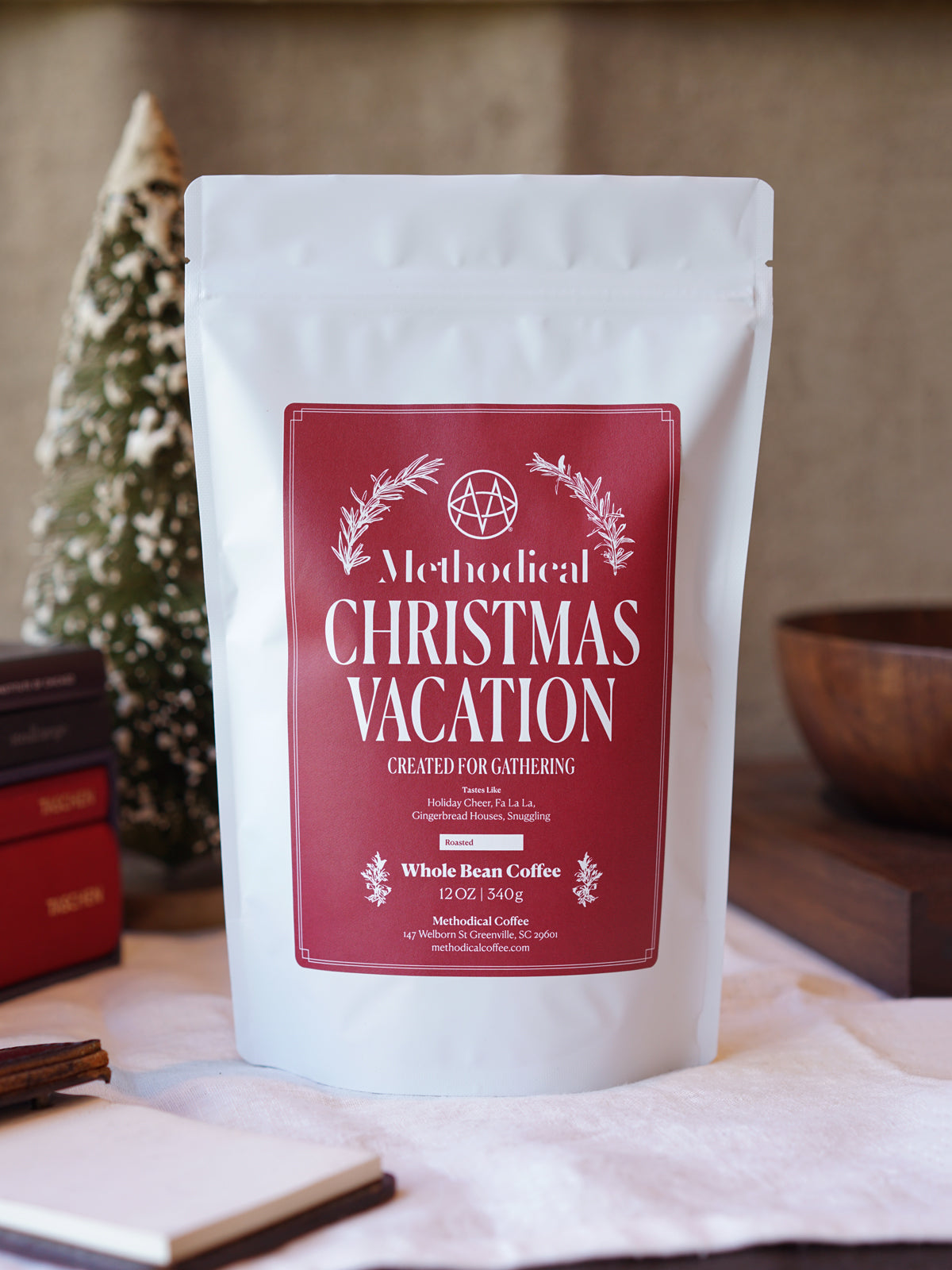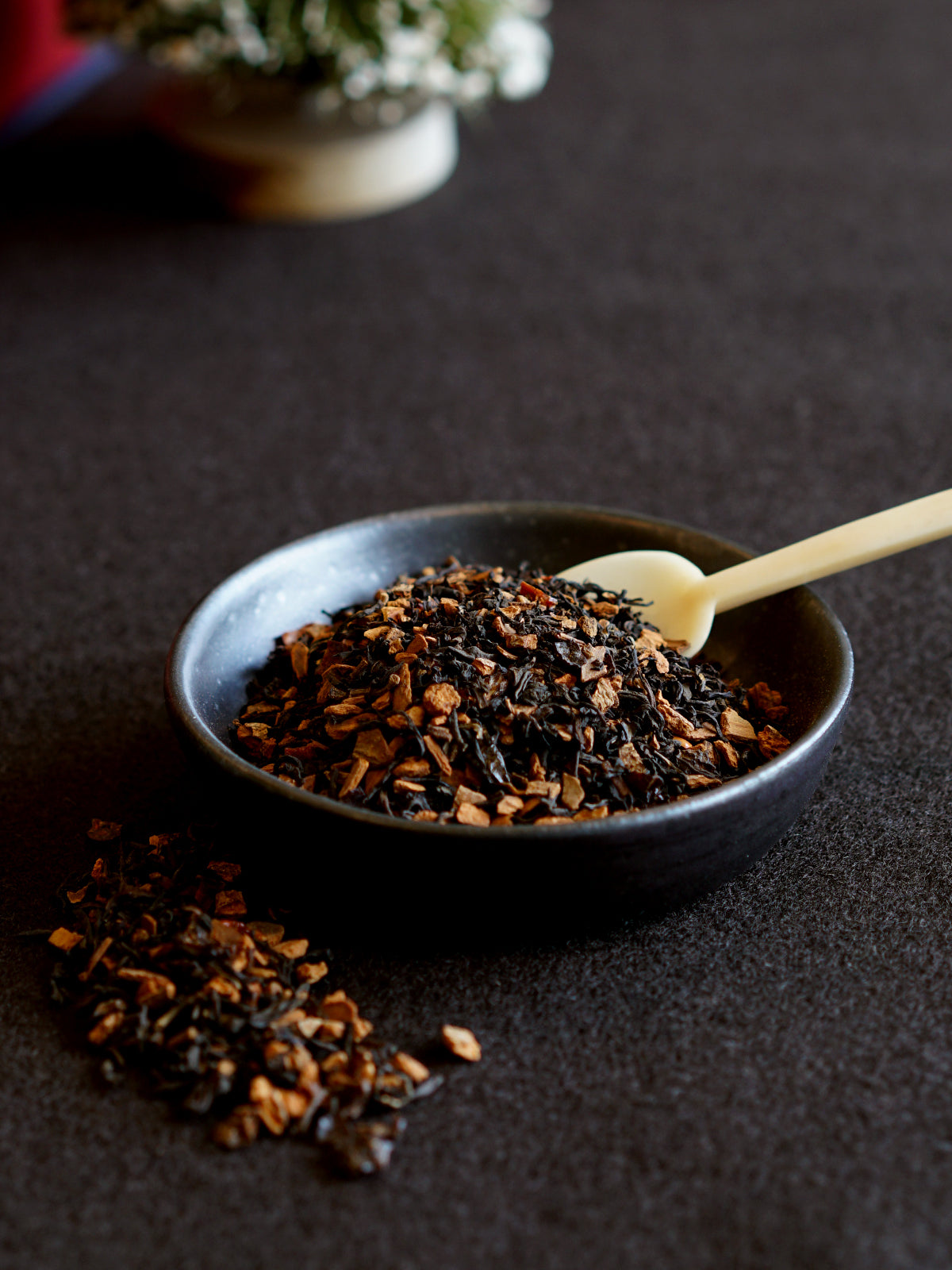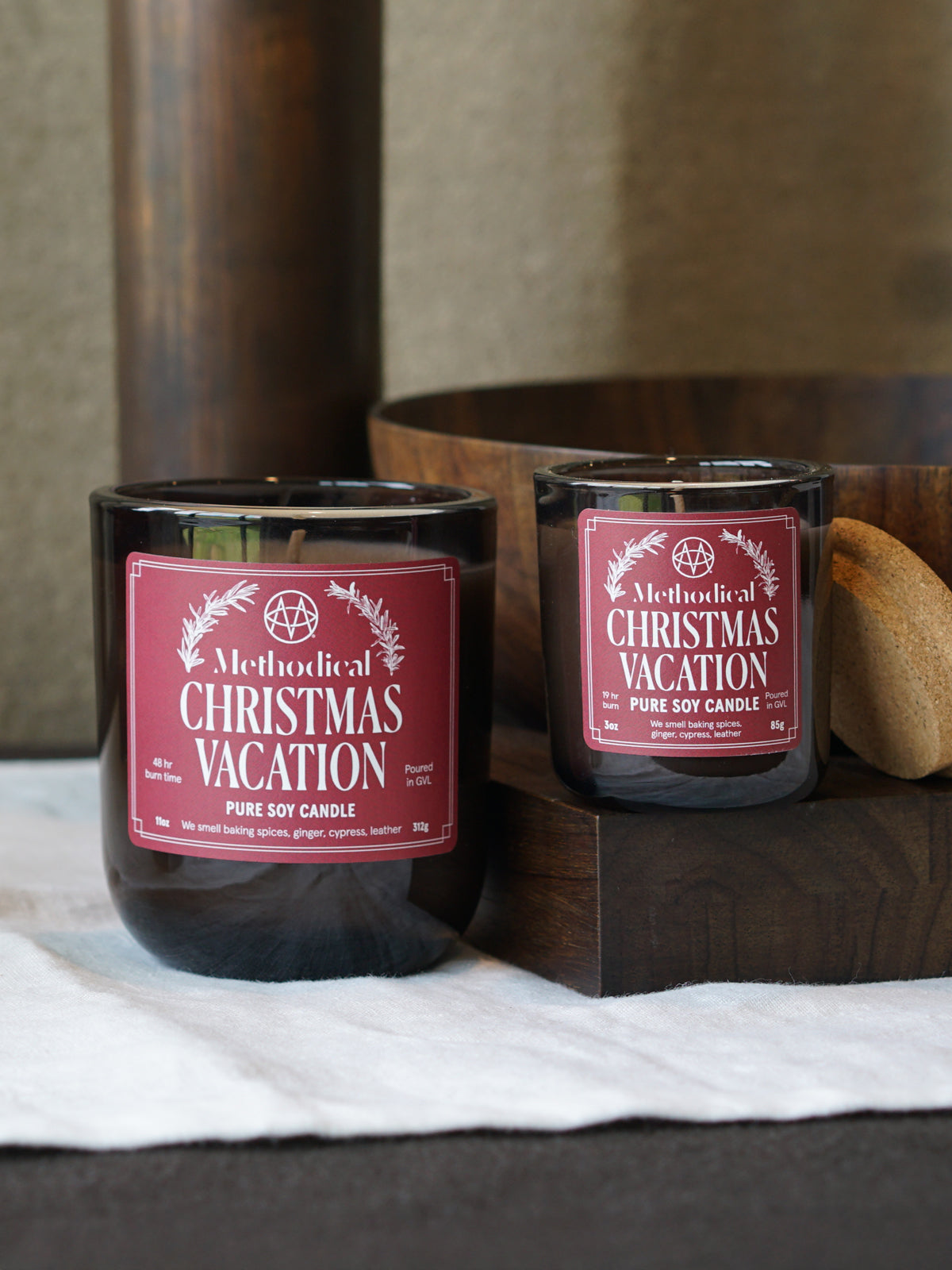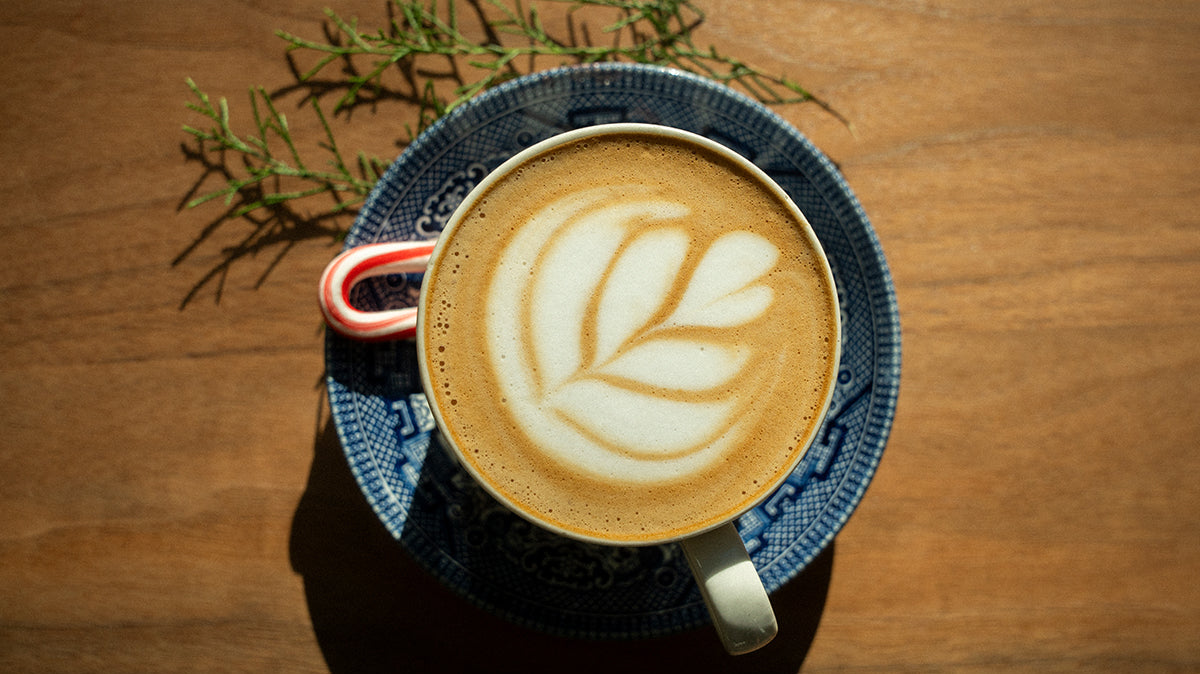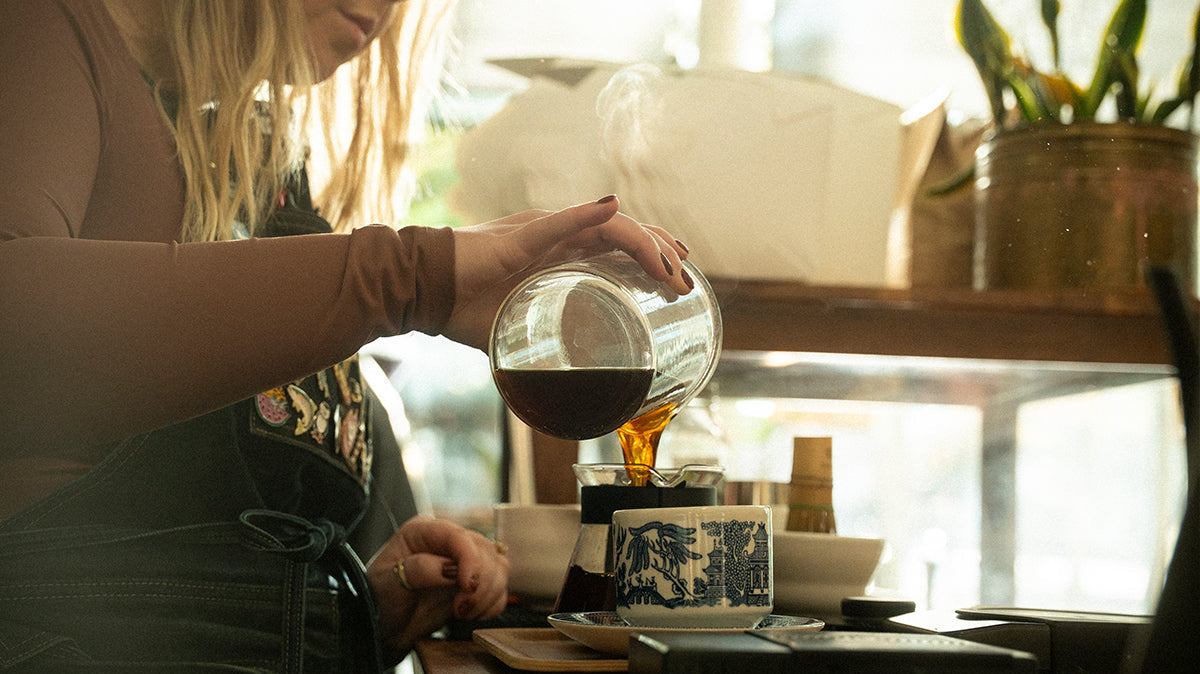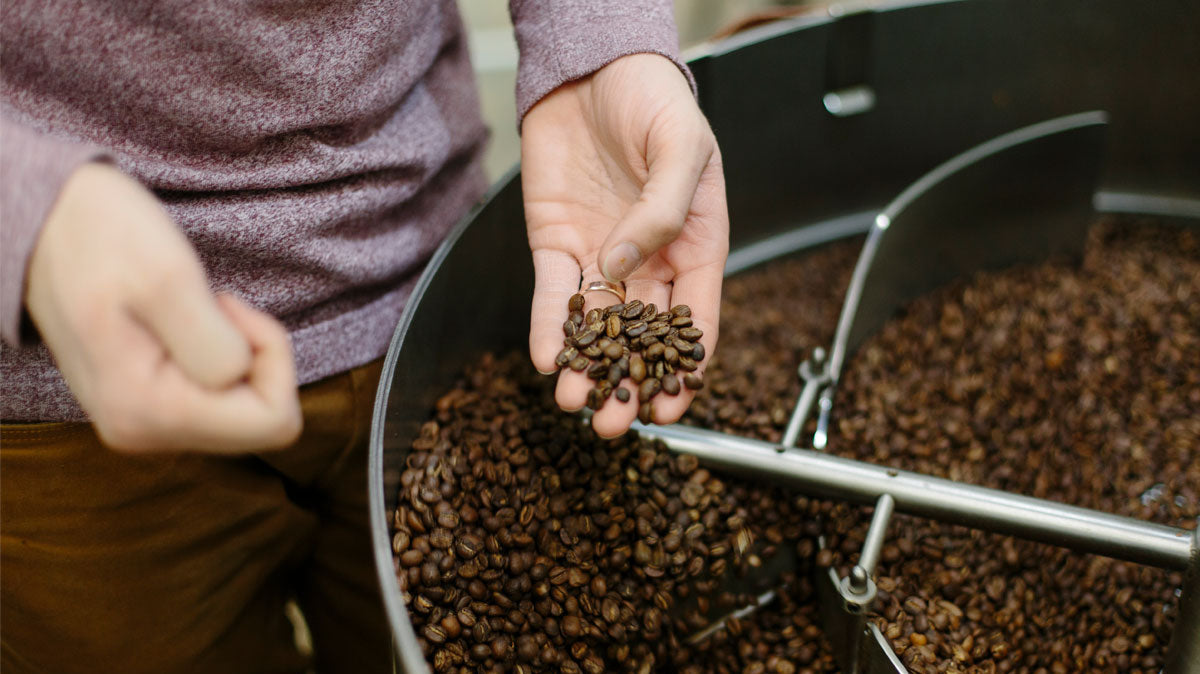Cold brew coffee has quickly become one of the most beloved coffee beverages of all time. It’s smooth, refreshing, and easy to make at home. In this guide, we'll dive into everything you need to know about making delicious cold brew at home, from brewing techniques to selecting the best beans. Get ready to step up your caffeine game.
What is Cold Brew Coffee?
Cold brew coffee is an extremely popular beverage that gets its name from its brewing method, which involves steeping coarsely ground coffee beans in cold or room temperature water for an extended period of time, typically 12 to 24 hours. The process of cold brewing allows the flavors and oils from the coffee grounds to slowly infuse into the water, resulting in a smooth, less acidic, and naturally balanced coffee flavor.
Once the coffee has finished steeping, it is filtered to remove the grounds and other sediment. The resulting cold brew concentrate can then be diluted with cold water, milk, or non-dairy products to taste. Cold brew coffee can be served with or without ice for a refreshing drink or used as a base for various coffee beverages like iced lattes, cold brew cocktails, or even desserts like affogato.
What’s the Difference Between Cold Brew and Iced Coffee?
Cold brew and iced coffee differ in both flavor and brew method. As mentioned, cold brew coffee is made by steeping coffee in cold water for an extended period of time. Iced coffee, on the other hand, is brewed using hot water, similar to traditional coffee brewing methods, and then chilled with ice or refrigeration.
Iced coffee retains more of the acidity and bitterness of hot-brewed coffee due to the quicker extraction process with hot water. It often has a sharper flavor profile compared to cold brew. Cold brew coffee tends to have a smoother, less acidic taste compared to traditional hot-brewed coffee. The slow extraction process at lower temperatures results in a coffee concentrate that is less bitter and almost sweet by comparison.
What Beans are Best for Cold Brew Coffee?
Since the cold brew method is unique, it tends to bring out different flavors in your coffee. That’s why a light or medium roast single-origin coffee is great for making cold brew, especially one that has bright, fruity, or floral tasting notes. Single-origin coffees tend to have more complex flavor profiles anyway, which are all the more highlighted with the cold brew method.
We recommend trying either the Guatemala, Ixlama (a medium roast with chocolate, apple, and caramel tasting notes) or the Colombia, Catw (a light roast with tasting notes of white tea, peach, and strawberry) when making a cold brew.
How to Make Cold Brew Coffee at Home
Making cold brew coffee at home is easier than you might think. Follow these steps to make a delicious batch of cold brew coffee you can enjoy any time.
Coarsely Grind Coffee Beans
Start by coarsely grinding your coffee beans. A coarse grind helps with the extraction process and prevents the coffee from becoming bitter. Use a burr grinder, if possible, for a consistent grind.
Steep the Coffee
Place your coarsely ground coffee beans in your container of choice and add cold water. You can use a large container, like a pitcher, or a specialized cold brew coffee maker. You can also use a French press coffee maker for this process–just don’t push down the plunger until the brewing process is complete.
The ratio of coffee to water can vary, but our favorite ratio is around 1 part coffee to 8 parts water. Stir the mixture to ensure all the coffee grounds are fully saturated with water. Cover the container or pitcher and let it steep at room temperature for twelve hours or in the refrigerator for 24 hours. We’ve found that room temperature cold brew produces a better flavor than brewing overnight in the fridge, but feel free to experiment and find which method produces the best flavor for you.
Strain
After steeping, strain the mixture to remove the coffee grounds. You can use a fine-mesh sieve, cheesecloth, or a pour-over funnel with a standard coffee filter for this step. Just make sure no grounds or sediment make it into the final product.
Dilute and Serve
The concentrated cold brew can be diluted with water, milk, or non-dairy products to taste. Experiment with options until you find the one that you like the best. Serve the cold brew chilled or over ice, and enjoy!
Love cold coffee? Check out our guides: How to Make an Iced Pour Over and
How to Make Shaken Iced Coffee | How to Make Shaken Espresso
Common Mistakes When Making Cold Brew
Cold brew coffee is easy to make, but there are a few common mistakes to watch out for. Here are the most common mistakes people make when making cold brew coffee at home.
Using the Wrong Grind Size
Using a grind size that is too fine can result in over-extraction and a bitter taste in your cold brew. Using a coarse grind is essential for that smooth, rounded flavor.
Learn more about how to grind coffee →
Incorrect Coffee-to-Water Ratio
Using too much or too little coffee relative to the water can result in a cold brew that is either too strong or too weak. Experimenting with different ratios can help you find the perfect balance for your taste preferences.
Learn more about coffee to water ratio →
Steeping for Too Long–or Not Long Enough
Steeping the coffee for too long can lead to over-extraction and bitterness, while steeping for too short a time may result in a weak and underwhelming brew. Aim for a steeping time of around 12 to 24 hours, depending on your preference and the strength of coffee you like.
Not Filtering Properly
Failing to properly filter the cold brew can give it a gritty texture. Use a fine-mesh sieve, cheesecloth, or specialized cold brew coffee maker to strain out the coffee grounds thoroughly.
Storing Improperly
Cold brew doesn’t last forever! Storing cold brew for too long or at improper temperatures can lead to a stale or off-flavor. It's best to consume your cold brew within a few days of brewing and store it in the refrigerator in a sealed container to maintain freshness.
Using Tap Water
The type of water you use can significantly impact the flavor of your cold brew. Using filtered or bottled water can help ensure a cleaner and better-tasting brew.
Learn more about how water can affect coffee taste →
Best Milk for Cold Brew Coffee
Not a fan of black coffee? No worries–here are some of the best types of milk to add to cold brew coffee.
2% or Whole Milk
2% or whole dairy milk is excellent to use with cold brew coffee, either to add to or dilute the concentrate. Since cold brew has a smooth, rounded flavor, these types of milk work great to bring out the subtle flavors without overwhelming them.
Half-and-Half
Dairy half-and-half, or cream, is great to add to cold brew. Because it has a higher fat content than regular milk, a little goes a long way when bringing out the cold brew’s flavors. Diluting your cold brew with half-and-half might weaken the flavor–but if that’s what you like, then go for it.
Oat Milk
Oat milk and coffee are a match made in heaven. The subtle, nutty flavor of oat milk pairs extremely well with most coffees, and the fat content provides just enough creaminess to make your cold brew even smoother.
Discover the 5 Best Oat Milks for Coffee →
Soy Milk
Since many cold brew coffees are made with bright, fruity roasts, a more subtle non-dairy milk option is necessary. Soy milk makes a great neutral base for cold brew coffee.
Cold brew coffee is one of the most low-maintenance brew methods around. With these tips and methods, you’ll be able to make delicious cold brew coffee at home that you can enjoy any time. Just don’t forget to visit your favorite coffee shops from time to time!
If you’re looking for the right roast to use for your own cold brew, we’ve got you covered with a wide selection of blends and single-origin coffees that are smooth, flavorful, and perfectly balanced.
You might also like:
